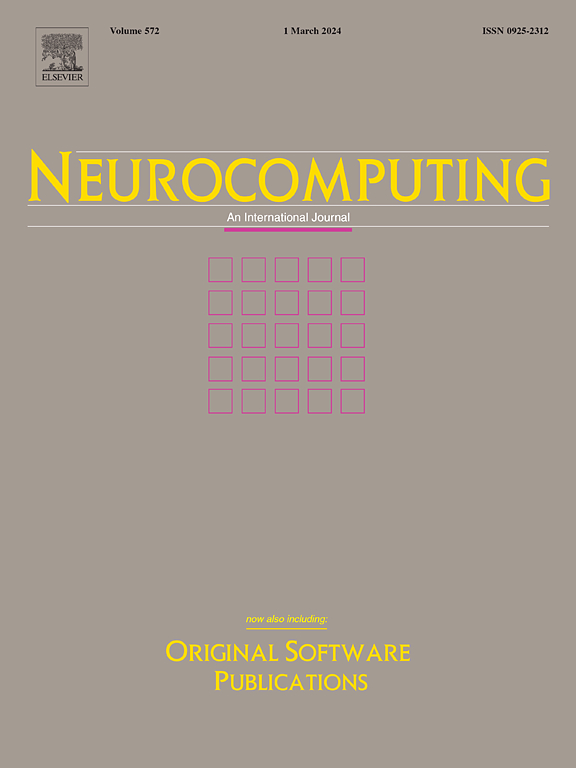Vision transformers on the edge: A comprehensive survey of model compression and acceleration strategies
IF 5.5
2区 计算机科学
Q1 COMPUTER SCIENCE, ARTIFICIAL INTELLIGENCE
引用次数: 0
Abstract
In recent years, vision transformers (ViTs) have emerged as powerful and promising techniques for computer vision tasks such as image classification, object detection, and segmentation. Unlike convolutional neural networks (CNNs), which rely on hierarchical feature extraction, ViTs treat images as sequences of patches and leverage self-attention mechanisms. However, their high computational complexity and memory demands pose significant challenges for deployment on resource-constrained edge devices. To address these limitations, extensive research has focused on model compression techniques and hardware-aware acceleration strategies. Nonetheless, a comprehensive review that systematically categorizes these techniques and their trade-offs in accuracy, efficiency, and hardware adaptability for edge deployment remains lacking. This survey bridges this gap by providing a structured analysis of model compression techniques, software tools for inference on edge, and hardware acceleration strategies for ViTs. We discuss their impact on accuracy, efficiency, and hardware adaptability, highlighting key challenges and emerging research directions to advance ViT deployment on edge platforms, including graphics processing units (GPUs), application-specific integrated circuit (ASICs), and field-programmable gate arrays (FPGAs). The goal is to inspire further research with a contemporary guide on optimizing ViTs for efficient deployment on edge devices.
边缘上的视觉变形:模型压缩和加速策略的综合调查
近年来,视觉转换器(ViTs)已成为计算机视觉任务(如图像分类、目标检测和分割)中强大而有前途的技术。与依赖分层特征提取的卷积神经网络(cnn)不同,ViTs将图像视为补丁序列并利用自注意机制。然而,它们的高计算复杂性和内存需求给在资源受限的边缘设备上部署带来了重大挑战。为了解决这些限制,大量的研究集中在模型压缩技术和硬件感知加速策略上。尽管如此,对这些技术及其在边缘部署的准确性、效率和硬件适应性方面的权衡进行系统分类的全面审查仍然缺乏。本调查通过提供模型压缩技术的结构化分析、边缘推理的软件工具和vit的硬件加速策略来弥合这一差距。我们讨论了它们对精度、效率和硬件适应性的影响,强调了在边缘平台上推进ViT部署的关键挑战和新兴研究方向,包括图形处理单元(gpu)、专用集成电路(asic)和现场可编程门阵列(fpga)。目标是通过优化vit以在边缘设备上有效部署的当代指南来激发进一步的研究。
本文章由计算机程序翻译,如有差异,请以英文原文为准。
求助全文
约1分钟内获得全文
求助全文
来源期刊

Neurocomputing
工程技术-计算机:人工智能
CiteScore
13.10
自引率
10.00%
发文量
1382
审稿时长
70 days
期刊介绍:
Neurocomputing publishes articles describing recent fundamental contributions in the field of neurocomputing. Neurocomputing theory, practice and applications are the essential topics being covered.
 求助内容:
求助内容: 应助结果提醒方式:
应助结果提醒方式:


